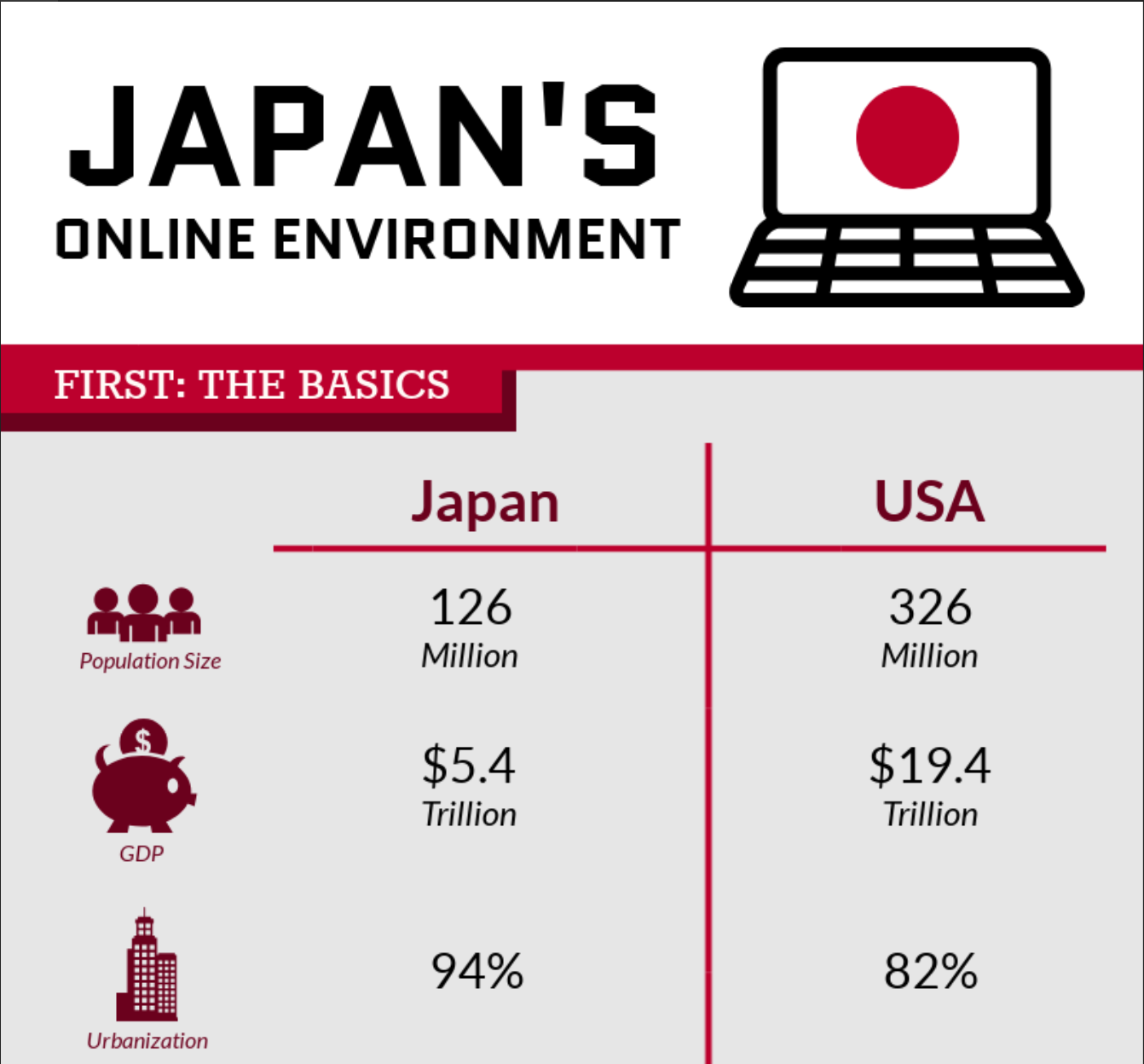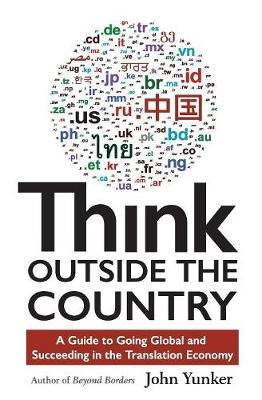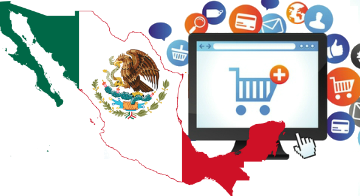This is the third in our 4-part Service Company Exporter Series that explores the challenges service companies face when exporting and what tools and support service companies might benefit from. Previously, we looked at the importance of the U.S. economy’s service sector as well as the most common barriers to export faced by manufacturing and service firms.
This blog compares the barriers to export faced by manufacturing and service firms, with the export assistance activities provided by U.S. state export assistance programs. As identified in the previous blog, service companies typically experience more export barriers than manufacturing companies and these export barriers tend to be more complex.
As service firms engage in the exporting process, they often seek the assistance of state and federal export assistance programs to help them navigate the complexities of exporting. Thus, understanding whether state export assistance programs are providing the appropriate export assistance activities to service firms is important for both parties as they seek to bring more U.S. services to international markets.
Read More









